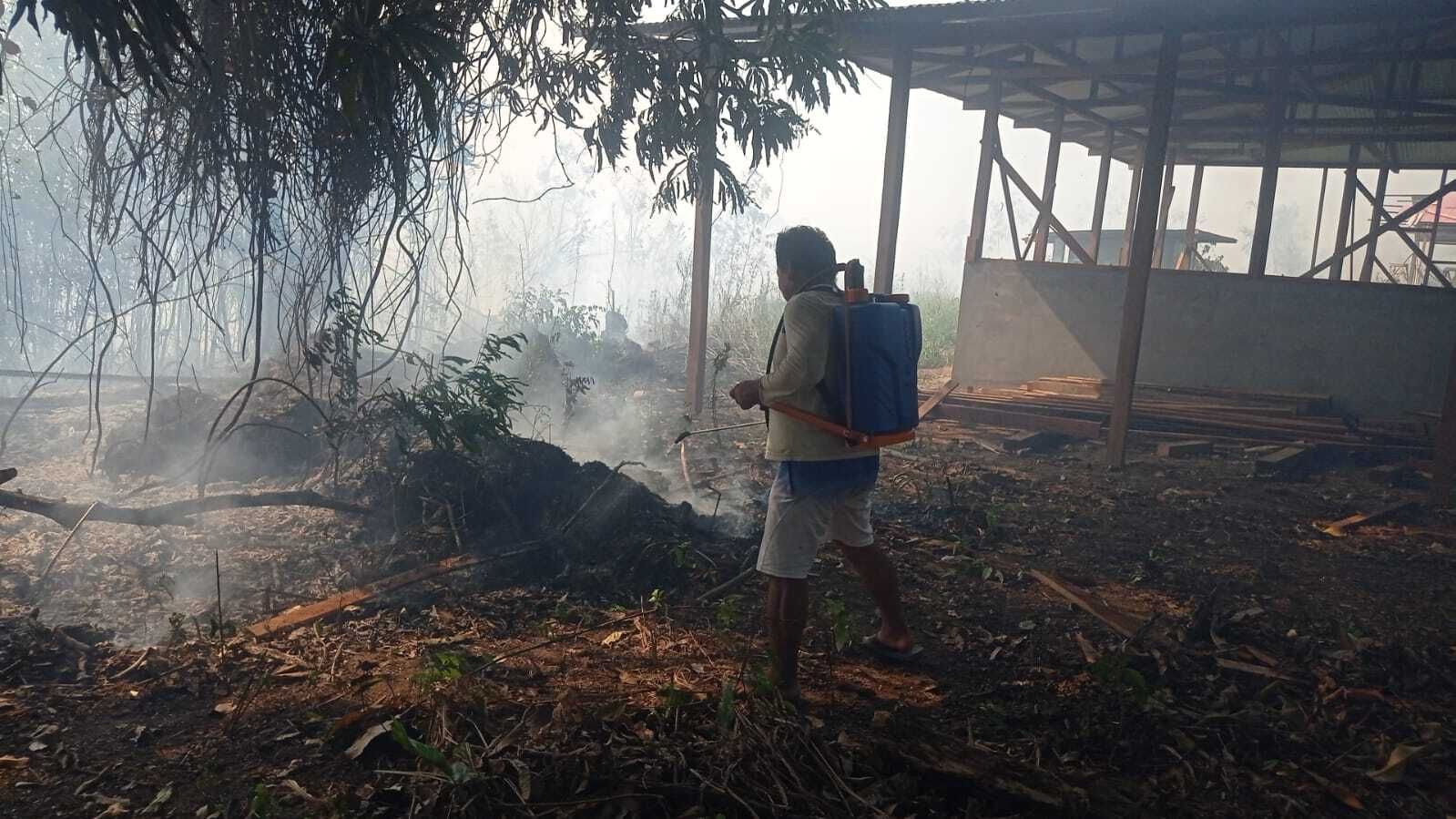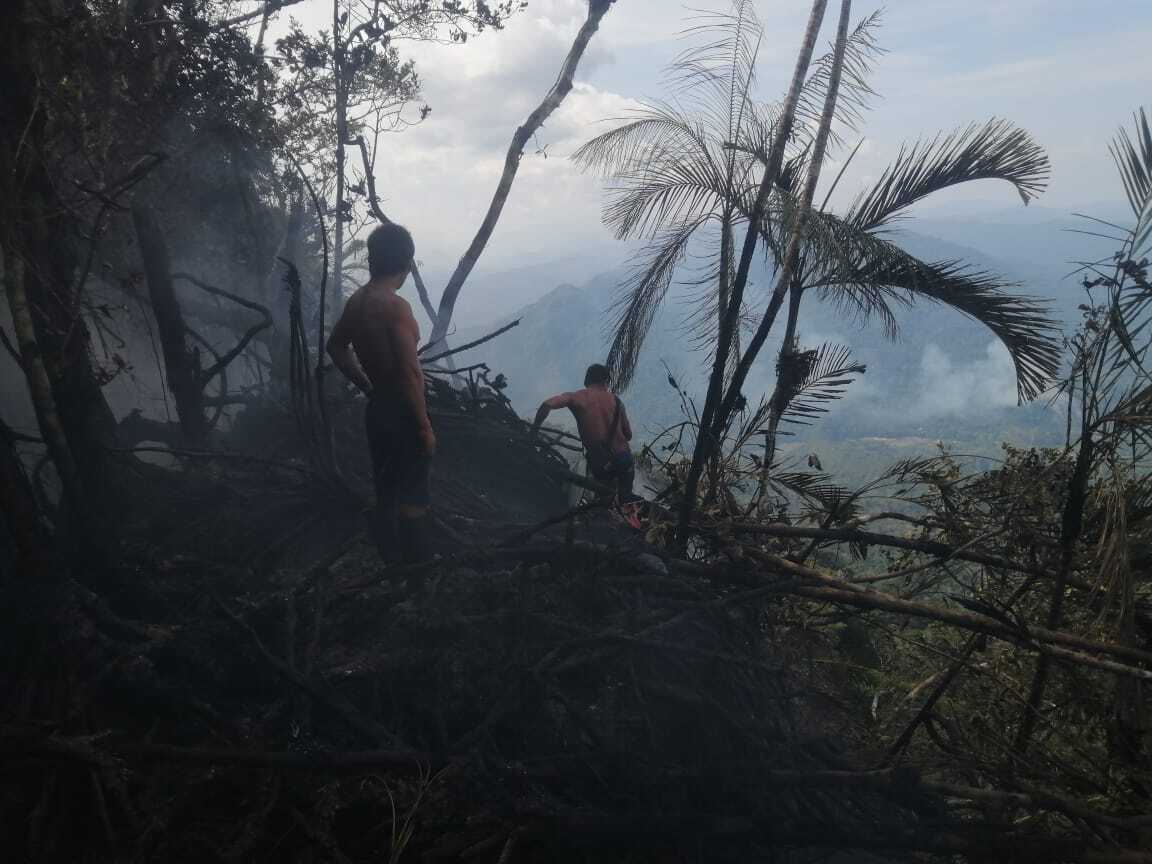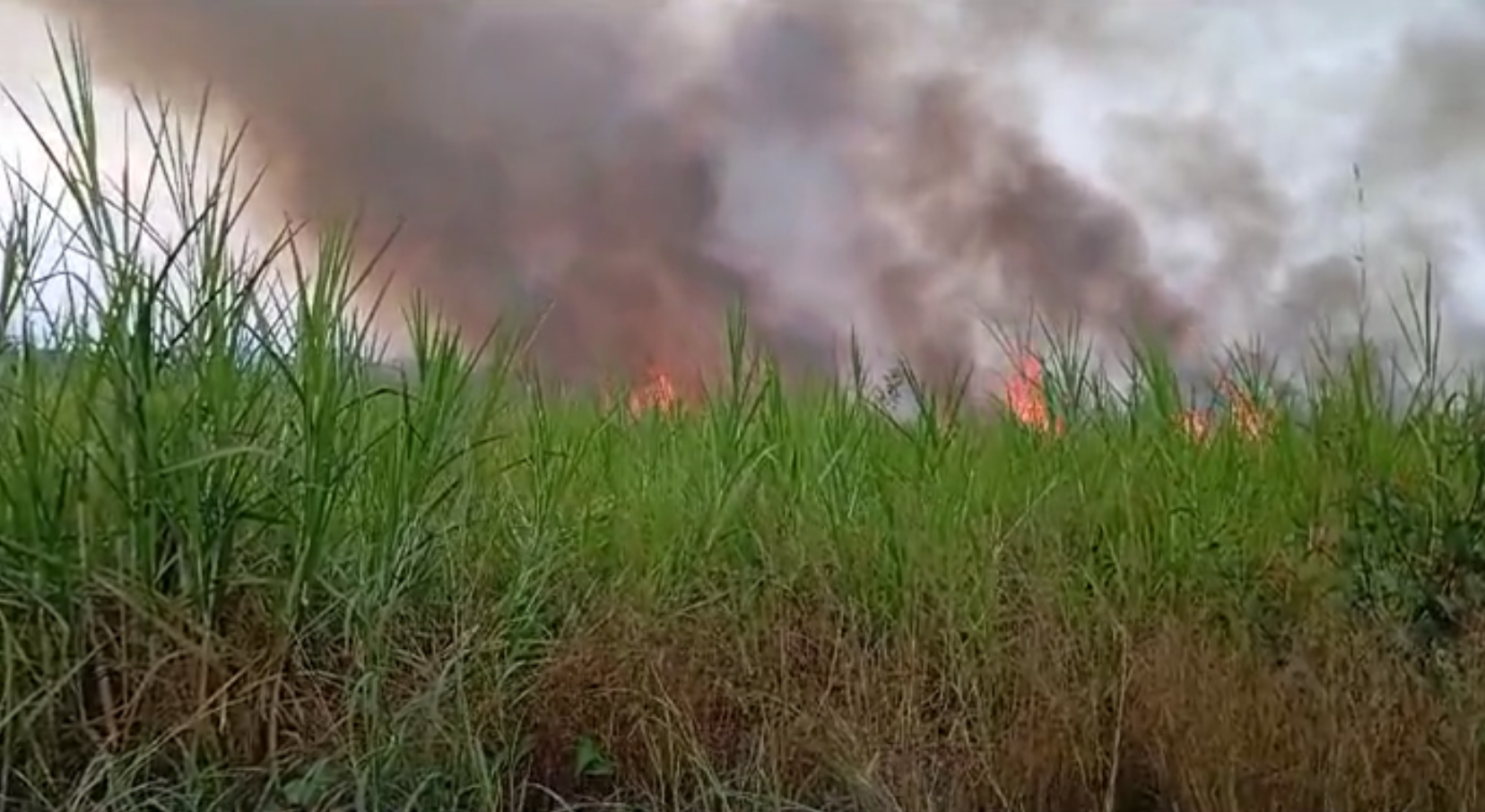Fires reach our partners in the Amazon rainforest
Dangerous fires have spread across several Awajún and Asháninka communities we partner with in the Amazon rainforest. The fires have been intense and hard to control as one of the most severe droughts in decades hits the Amazon rainforest.
The Forest Monitoring teams in these areas have been coordinating a rapid response to the situation. Using the Rainforest Labs, they were able to alert neighbouring villages and request extra help in response to the fires. Thankfully, no one has currently been confirmed as harmed but at least 30 hectares of rainforest, land and crops have been destroyed in just a few days.
These affected areas of the Amazon rainforest are home to animals like jaguars, armadillos and spectacled bears. Over 2.2 million people call this region of the rainforest their home. When fires break out, the animals, trees and people who live there are all at risk.


Community members attempted to extinguish the fires using whatever resources they had to hand, including these spraying backpacks normally used for cacao farming.
Fires are the new normal
Unfortunately, fires are no longer rare in the Amazon rainforest. In fact, Peru has already seen 2,500 forest fires this year alone. This is just the beginning of the fire season, and we can sadly expect to see more destruction over the next few months.
Indigenous peoples living in the Amazon rainforest are facing the great unknown when it comes to their traditional seasons. Intense and unpredictable weather patterns—such as strong winds, heatwaves, and prolonged droughts—are accelerating the spread of fires.
This means that fire seasons have become unpredictable too, starting at unexpected times of the year and even happening in parts of the forest that have never before seen fires.


The devastation caused by the recent fires.
Fire prevention is key
Emergencies like fires show the real life impacts of the climate crisis. We see how vulnerable those living in the Amazon rainforest are in these situations, as they find themselves on the front lines. There are no local fire brigades to call. They have to face these difficulties on their own.
This makes fire prevention and knowledge sharing essential in these regions, and a method to help our Indigenous partners to strengthen their resilience to this new reality.
Thanks to the Rainforest Labs initiative and the PAAMARI project we developed with CARE (Ashaninka Central of the Ene River), communities in the Amazon rainforest can be equipped with the technology, data, and training needed to monitor, prevent and coordinate rapid responses to fires.
We believe that combining traditional Indigenous knowledge with the newest technology—like satellite imagery, GPS, two-way radios, and drones—is the best approach to protecting the Amazon rainforest.


The flames encroaching close to a vital community building in Cutivereni.
The Bigger Picture
As fires show, Indigenous peoples are among the most affected by the effects of the climate crisis. Plus, deforestation isn’t helping either with it being a driving factor in making rainforests less resilient and more prone to fires.
When forests burn they release vast amounts of carbon dioxide into the atmosphere, accelerating climate change. The Amazon rainforest plays a crucial role in regulating global temperatures. Its destruction threatens the future of us all.
This situation shows the broader need for climate action and the protection of the Amazon rainforest, which plays a vital role in the health of our planet.
